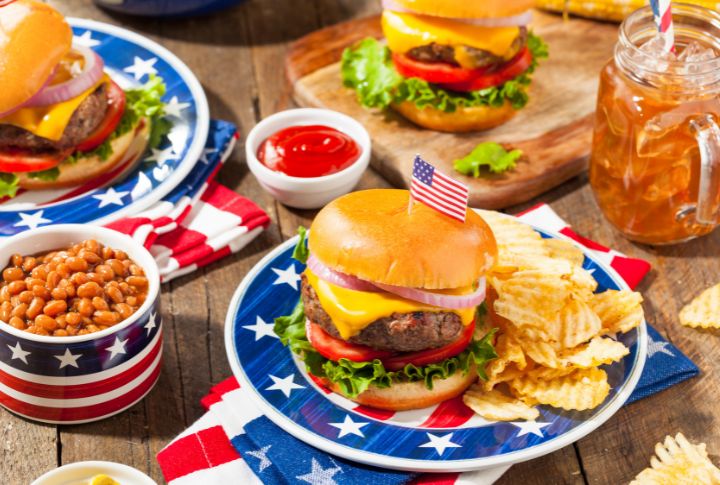
Unpacking the quirks of regional cuisine across the United States reveals a fascinating narrative. Certain beloved dishes and restaurant chains hold a special place in the hearts of locals but might only receive a warm reception sometimes. Here’s a glimpse at 15 favorites that may not resonate as well beyond their origins.
The Curious Case of Bojangles

Bojangles thrives in the Southeast but frequently flounders in attempts to gain a foothold in other parts of the country due to inconsistent quality. Moreover, Southern states cherish their specialized versions of fried chicken, dampening Bojangles’ prospects for a broader appeal.
Cookout’s Complex Menu
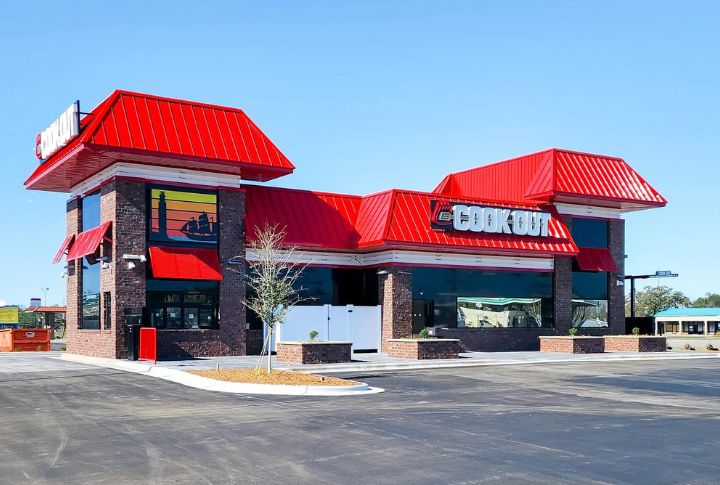
Cookout’s extensive offerings may overwhelm diners on the Upper East Coast, who prefer quicker selections. The hefty calorie count typical of Cookout’s fare would likely meet opposition in health-conscious California, where lighter, fresher meals prevail. Hence, geographic food-related preferences greatly influence menu reception.
Red Lobster’s Northern Misadventure

When Red Lobster attempted to conquer the Northeast, it faltered amidst solid competition from establishments serving newer aquatic fare. Its reliance on Canadian lobster was particularly criticized in lobster-rich states like Maine and Massachusetts, leading to a quick retreat as seafood pride dictates dining choices.
Swig’s Expansion Hopes
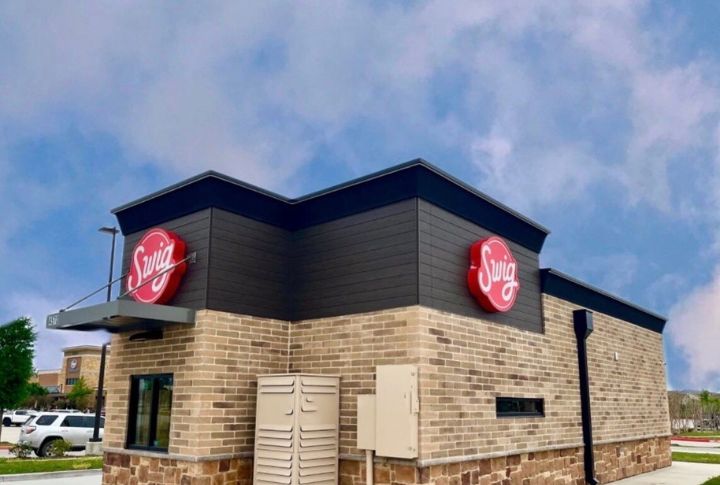
Swig is testing marketplace receptivity beyond Utah, where its “dirty soda” drinks originated. Unfamiliar seasonings obstruct new market entries, and their presence in Arizona and Texas may intrigue some. However, the countrywide interest remains uncertain as the principle may seem too peculiar for widespread adoption.
Crumbl Cookies’ Sudden Spread

Crumbl’s rapid growth saw its stores pop up in many cities, yet sustaining popularity proves challenging. The temporary nature of cookie chains suggests a volatile sector, and Crumbl’s concept must improve to prevent further closures and maintain consumer interest since adapting strategies is critical to survival.
Skyline Chili’s Limited Charm
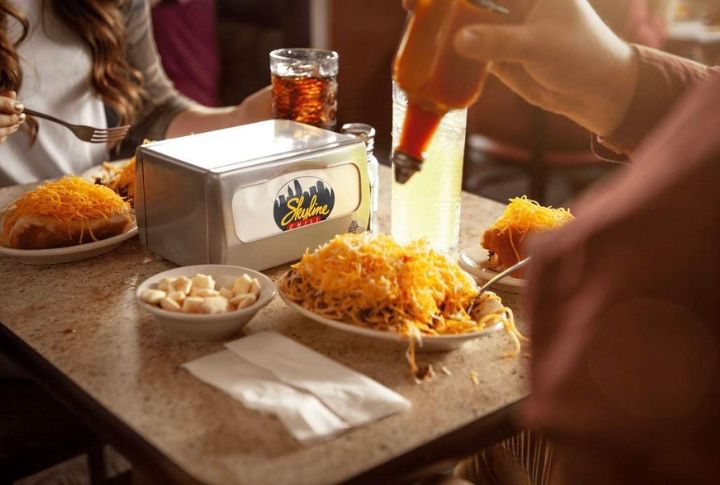
In Cincinnati, Skyline Chili’s exceptional taste, richly seasoned with cinnamon and cocoa, wins hearts; elsewhere, it leaves food enthusiasts puzzled. Such distinctive tastes are typically too specific to garner a wider following in places accustomed to traditional chili flavors.
Maid-Rite’s Nostalgic Niche
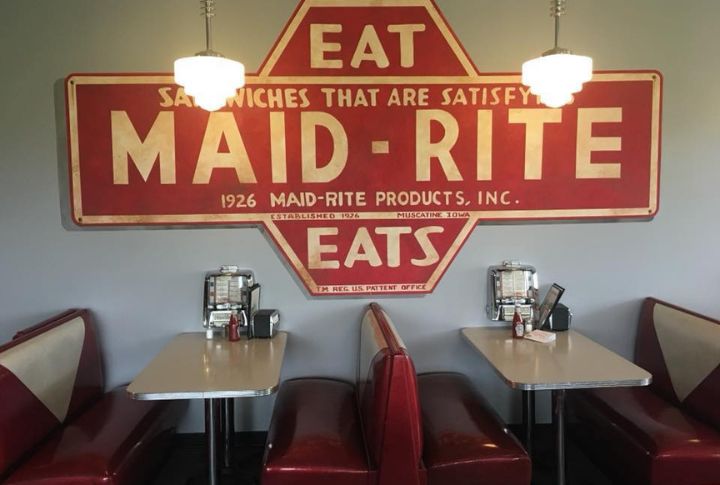
Maid-Rite enjoys a dedicated following in the Midwest, but the simplistic menu doesn’t impress outside this region. Reliance on a loyal, aging customer base and a lack of complexity could hinder its national prospects; cultural diversity significantly influences consumer tastes.
White Castle vs. Krystal
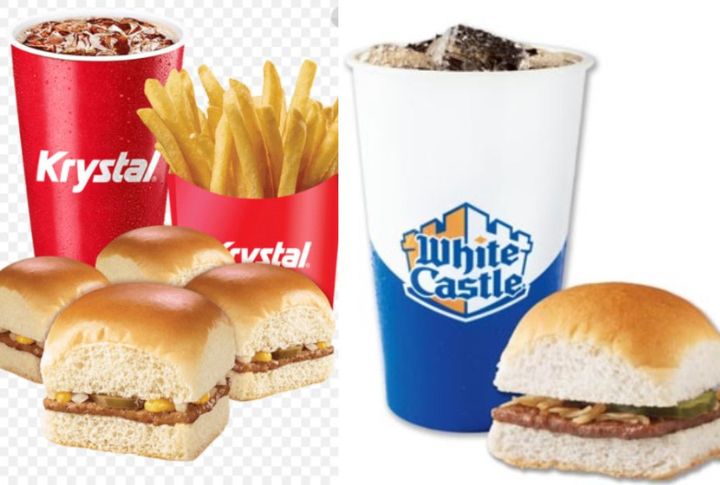
White Castle, while iconic, competes directly with Krystal in the South, where the latter is deeply entrenched. Scaling efforts in this region have been lukewarm as local preferences lean heavily towards Krystal’s similar but more familiar offerings.
Primanti Bros’ Sandwich Struggle
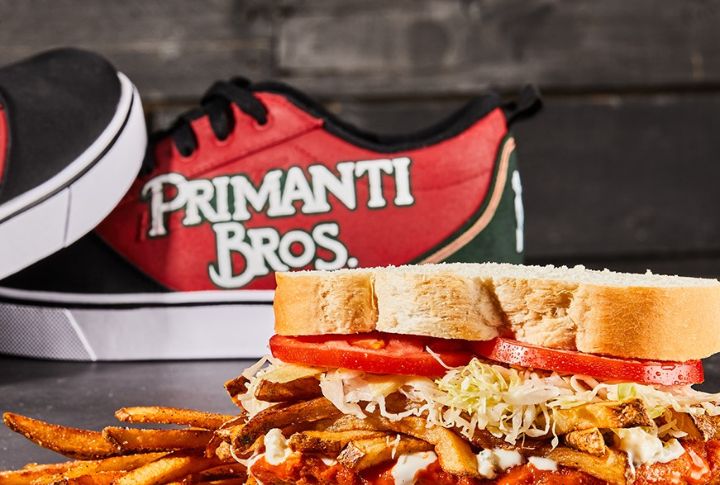
Novelty diminishes without continuous innovation, and Primanti Bros is proof of that. While Pittsburgh celebrates sandwiches crammed with fries and slaw, this creativity does not always translate well across borders. Patrons in varied regions search for unique aromas rather than a combination of common ingredients.
Rocky Mountain Oysters’ Area-Specific Rarity
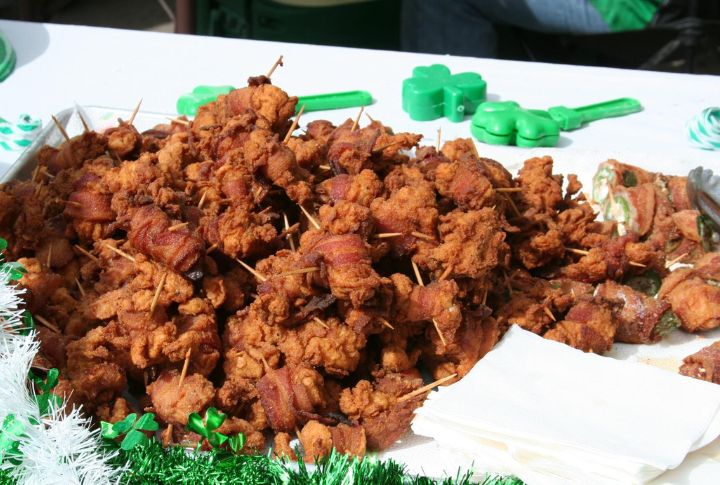
Rocky Mountain Oysters find a niche market in areas accustomed to more adventurous eating. However, these delicacies face significant resistance in places less open to exotic meats, rendering expansion risky. Cultural diversity greatly influences the acceptance of different food traditions.
St. Louis-Style Pizza’s Roots
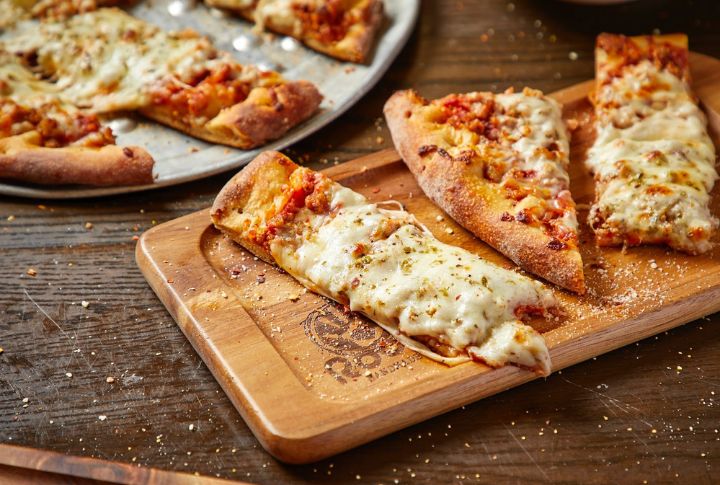
St. Louis-style pizza enjoys fierce loyalty locally but struggles to impress beyond its borders due to its unique provel cheese and cracker-like crust. Such specialties often fail to resonate in areas with established pizza favorites. Deep-seated local loyalties can stifle extensive approval.
Subway’s Struggle in Philly
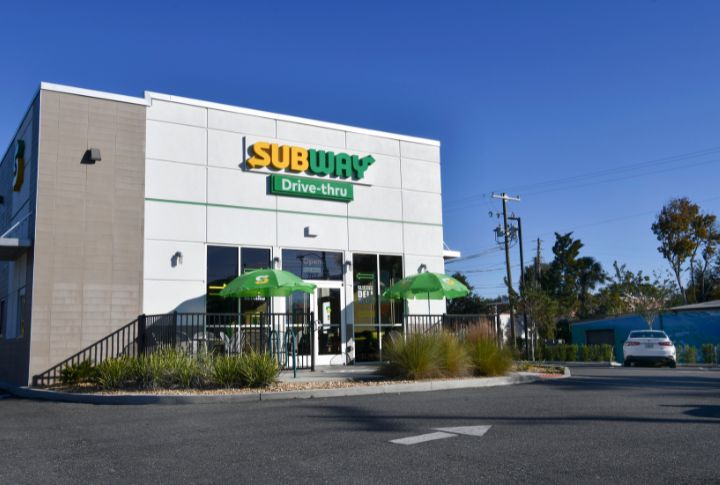
Subway often overshadows local sandwich legends in Philadelphia, serving fresher ingredients and more vibrant flavors. The city’s rich sandwich culture, exemplified by spots like Primo’s, poses a formidable challenge to the global chain’s less distinctive selections. Authenticity and quality override brand recognition.
The Southeast’s Soft-Shell Delight
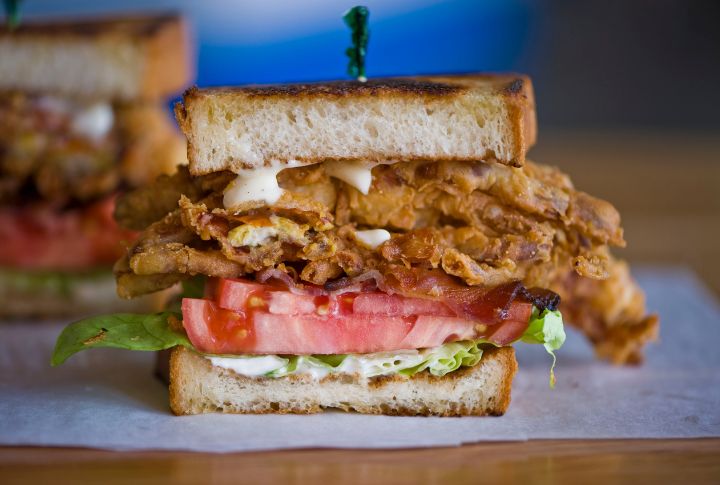
Southeast Virginia’s soft-shell crab sandwiches are a regional delight that might not charm people in various zones, where the concept of eating an entire crab, shell and all, can be off-putting. This dish’s localized popularity underscores the broader challenge of translating sectoral tastes.
Nebraska’s Runza Resistance
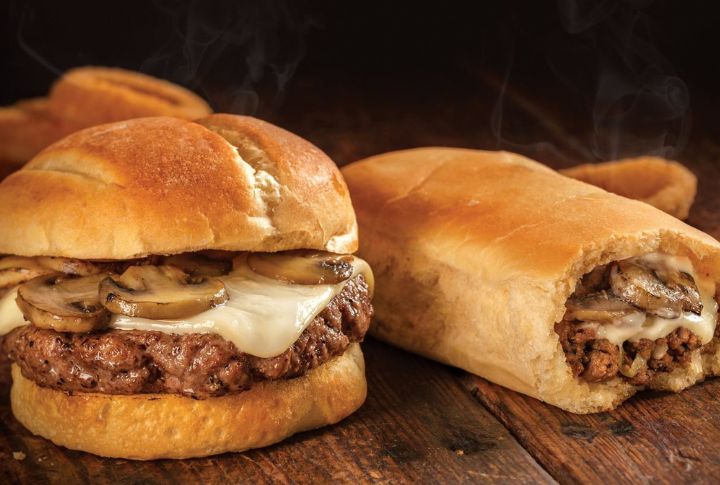
Runza’s meat and cabbage rolls are a comfort food staple in Nebraska. However, due to their mild flavor, they fail to inspire enthusiasm in various other spots. Diners in diverse regions typically favor dishes with bolder, spicier elements, limiting Runza’s appeal outside its home territory as simplicity clashes with diverse palates.
TacoTime’s Native Flavor
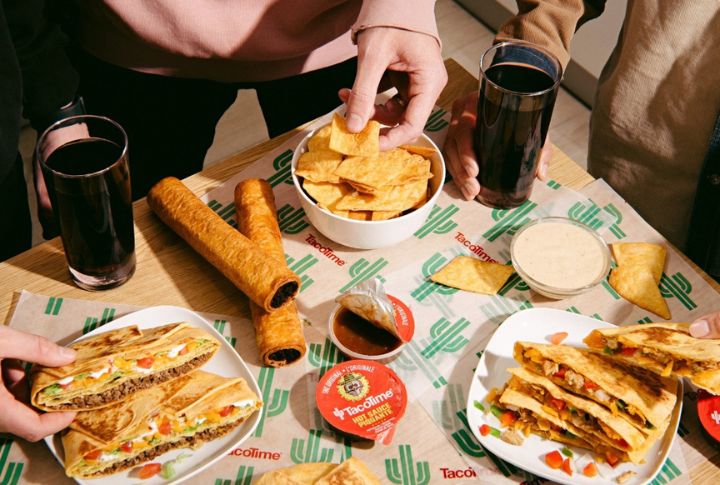
While TacoTime is a staple in Western Washington, its take on Mexican food baffles many outsiders with its peculiar spice blends and preparation methods. These community palates hint at the challenges of expanding this brand into cities with different expectations since familiarity breeds comfort in dining experiences.

Comments
Loading…